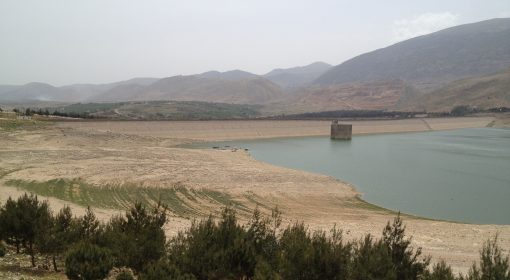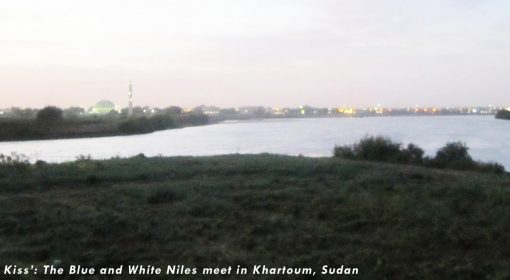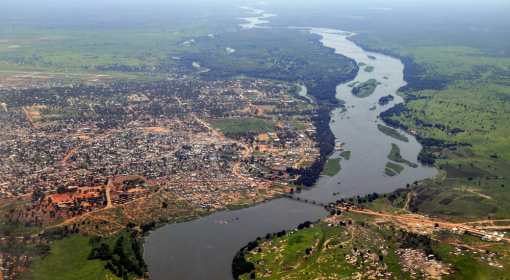By Ashraf Ghanem and Frank van Steenbergen
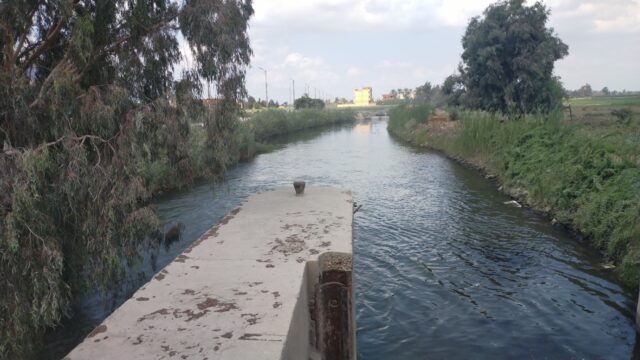
Important to improved water management in large irrigation systems is how water is allocated within the system. The OECD (2015)[1] defines water allocation as follows: “Water resources allocation determines who is able to use water resources, how, when and where“.
Water allocation determines the timing of the supply, the quantities of water delivered, the quality of water (if it comes from different sources), the length of the water turns. All this drives crop water productivity, equity of supplies, opportunities for multifunctional use and connection with local groundwater recharge and conjunctive use. The latter is important as in many large irrigation systems the surface water from the canals is supplemented by pumping shallow groundwater existing immediately underneath these systems. This shallow groundwater is largely supplied by the seepage from the surface water deliveries.
As large irrigation systems account for the bulk of water consumed in the world, the water allocation within these systems is highly relevant not only for the performance of these important economic systems, but also for water and food security globally. Having said so, there is still scant attention for water allocation at systems level. It is often a main system performance failure. OECD goes on to explain why these water allocation regimes are often far from optimal: “Most allocation regimes today are strongly conditioned by historical preferences and usage patterns, tracing their roots to previous decades or even centuries. They have often evolved in a piecemeal fashion over time and exhibit a high degree of path dependency, which manifests in laws and policies, and even in the design and operational rules of .. water infrastructures. This means that water use is often “locked-in” to uses that are no longer as valuable today as they were decades ago, curtailing the value (ecological, socio-cultural, or economic) that individuals and society obtain from water.”
Let’s zoom into Egypt, where the economy coincides largely with the Nile irrigation system, one of the world’s largest and oldest irrigation systems. Water allocation is important at several levels: at national level – the allocation of water between main areas and districts; at district level – the allocation of water between main canals within a district; and at community level – the distribution of water among (groups of) farmers.
Water allocation at the smallest community level (marwa) in Egypt is generally smooth and farmers are able to manage deliveries between themselves and resolve conflicts. This is not the case, unfortunately, for water allocation at district level. Water allocation at this level, i.e. the tertiary mesqua and secondary branch canals, is carried out by the government district engineer, who is usually supported by an assistant and an operator (bahhar). This process is not supported by data about water inflows on one side and water demands on the other. Water allocation largely follows a fire-fighting approach, responding to complaints of groups of farmers and local leaders.
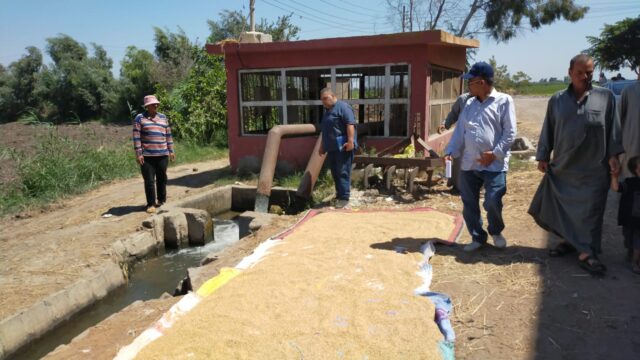
Flows are not measured and not known. There are no good maps of the areas, just sketches. Water allocation to branch canals is based on previous experience. Water allocation to pump stations along the different branch canals is carried out by the district engineer during the rotation period based on judgement. The task of the district engineer and her/his small support team is herculean: typically covering 20,000 ha of land and serving around 50,000 farmers, but having no base system, no maps, no register, no independent information. The teams in charge are also very small, and no one has the time to reflect on how to optimize the delivery of water nor does anyone have the mandate or responsibility to do so. Branch Canal Water Users Associations have been organized. These bring together representatives of Water User Organizations, established along the branch canal.
Branch canal WUAs could be part of the story, but they are not. By their own admission they have no role in water allocation, nor do they collect funds or participate in maintenance or operational activities. They merely communicate complaints of water users to the authorities.
At the same there is much to gain: more balanced distribution of water over the entire area, informed and cautious mixing of polluted drainage water with surface water, more continuous flow in the branch canals, better drainage strategies. There is definitely room for improvement, and a greater role could be played by the WUAs at the different levels if given the chance, responsibility and authority. The issue is lack of capacity, lack of clear responsibility for better water management, no information, no data base and no time to use the information and understand how to adjust water schedules and engage with all stakeholders.
It is not an unusual pattern. With all concerns on making better use of scarce water, we have made much progress in for instance diagnosing almost in real time with remote sensing, but what is missing is the local ability and agency to make changes and constant adjustment in water allocations. This blind spot is not just in Egypt, but in many large irrigation systems.
[1] OECD (2015), Water Resources Allocation: Sharing Risks and Opportunities, OECD Studies on Water, OECD Publishing, Paris.

